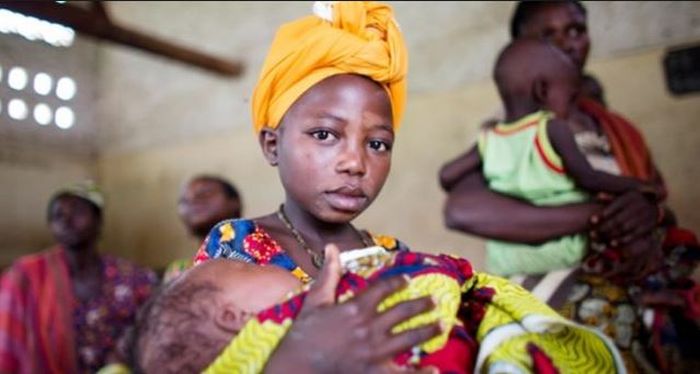
Child marriage, defined as a formal marriage or informal union before the age of 18, remains a widespread and pressing issue affecting millions of children worldwide. Although often perceived as a problem primarily affecting girls, boys are also victims of child marriage. Understanding the scope, causes, and consequences of child marriage is crucial for developing effective strategies to combat it. This article explores the global prevalence of child marriage, its impact on both boys and girls, and its connection to the United Nations Sustainable Development Goals (SDGs), particularly SDG 5: Gender Equality.
Statistics and Global Prevalence
Child marriage is a global phenomenon, with significant regional variations. According to UNICEF, approximately 12 million girls are married before the age of 18 each year. Although girls are disproportionately affected, an estimated 115 million boys and men were married as children, with 1 in 5 of these marriages occurring before the age of 15. The highest rates of child marriage are found in Sub-Saharan Africa and South Asia, but it is also prevalent in Latin America, the Middle East, and parts of Europe and North America.
Impact on Both Girls and Boys
The impact of child marriage on girls is well-documented: it often leads to early pregnancy, school dropout, increased vulnerability to domestic violence, and severe health risks. However, boys who marry as children also face significant challenges. They are often forced to assume adult responsibilities prematurely, which can impede their education and economic opportunities. Married boys may also experience psychological stress due to the pressures of providing for a family at a young age.
SDG 5: Gender Equality
The United Nations Sustainable Development Goal 5 aims to achieve gender equality and empower all women and girls. Target 5.3 specifically calls for the elimination of all harmful practices, such as child, early, and forced marriages. Addressing child marriage is integral to achieving gender equality, as it perpetuates cycles of poverty, gender-based violence, and limited educational and economic opportunities for both girls and boys.
The Role of Education
Education is a powerful tool in preventing child marriage. When girls and boys are able to stay in school, they are less likely to marry early. Education empowers children with knowledge, skills, and confidence, enabling them to make informed decisions about their futures. Programs that provide scholarships, safe spaces, and mentorship for at-risk children have proven effective in reducing rates of child marriage. For instance, in Malawi, a program providing cash transfers to families of schoolgirls led to a significant decrease in child marriage rates.
Community-Based Interventions
Community-based interventions are critical in changing the cultural norms and practices that perpetuate child marriage. Engaging boys and men as allies in these efforts is essential. In many cultures, boys and men hold significant influence over decisions regarding marriage. By involving them in awareness campaigns and education programs, communities can challenge and change harmful gender norms. Programs like “Girls Not Brides” work with local organizations worldwide to empower girls and engage boys and men in the fight against child marriage.
Policy and Legal Frameworks
Effective policy and legal frameworks are crucial in the fight against child marriage. Governments must enact and enforce laws that set the minimum age for marriage at 18, with no exceptions. Additionally, policies should address the root causes of child marriage, such as poverty, lack of education, and gender inequality. National action plans that integrate education, health, and social protection services can provide a comprehensive approach to preventing child marriage.
TL;DR

Child marriage is a global issue that affects millions of children, both girls and boys. It has far-reaching consequences for individuals, families, and societies. Achieving SDG 5: Gender Equality requires a multifaceted approach that includes education, community-based interventions, and robust policy and legal frameworks. By addressing the root causes of child marriage and engaging boys and men as allies, we can work towards a future where all children are free to grow, learn, and reach their full potential.
- Child Marriage and Its Impact on Education - June 5, 2023
- Understanding Child Marriage: A Global Issue - May 12, 2023

